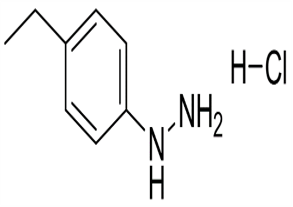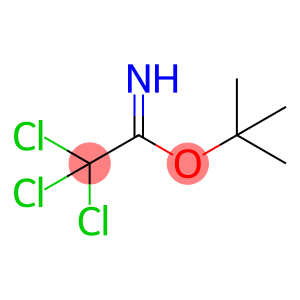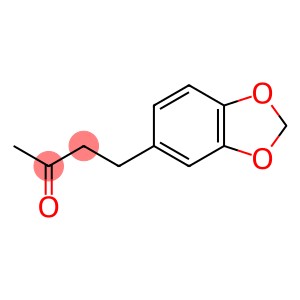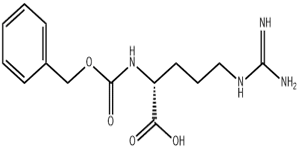4-Ethylphenyl hydrazine hydrochloride(CAS# 53661-18-0)
| Hazard Symbols | Xi – Irritant |
| Risk Codes | 36/37/38 – Irritating to eyes, respiratory system and skin. |
| Safety Description | S37/39 – Wear suitable gloves and eye/face protection S26 – In case of contact with eyes, rinse immediately with plenty of water and seek medical advice. S24/25 – Avoid contact with skin and eyes. |
| HS Code | 29280000 |
| Hazard Note | Irritant |
| Hazard Class | IRRITANT, IRRITANT-H |
Introduction
4-Ethylphenylhydrazine hydrochloride(4-Ethylphenylhydrazine hydrochloride) is an organic compound with the chemical formula C8H12N2HCl. The following is a description of its nature, use, preparation and safety information:
Nature:
- 4-Ethylphenylhydrazine hydrochloride is a white crystalline powder. It has a special ammonia smell.
-It has a high melting point and boiling point, and is stable at room temperature. It is soluble in water.
Use:
- 4-Ethylphenylhydrazine hydrochloride is mainly used as an intermediate in organic synthesis. It can be used to synthesize other compounds, such as pesticides, dyes, drugs, etc.
-Due to its highly selective absorption of oxygen and carbon dioxide, it can also be used in the field of gas separation and storage.
Preparation Method:
- 4-Ethylphenylhydrazine hydrochloride can be synthesized by the following two methods:
1. ethylbenzene and hydrazine react to obtain 4-ethylphenylhydrazine, which is then treated with hydrochloric acid to obtain hydrochloride.
2. The reaction of ethyl benzyl bromide and phenylhydrazine hydrochloride gives 4-Ethylphenylhydrazine hydrochloride.
Safety Information:
- 4-Ethylphenylhydrazine hydrochloride is an organic compound and requires careful handling. It is irritating when in contact with the skin, eyes or by inhalation.
-Wear appropriate protective equipment such as gloves, goggles and lab coats during use.
-It should be stored in a dry, cool, well-ventilated place, away from fire and oxidizing agents.
-Observe local regulations and safety guidelines when handling and discarding.








![5H-Pyrrolo[3,2-d]pyrimidine,7-bromo-4-methoxy-5-[(phenylmethoxy)methyl](CAS#299916-62-4)](https://www.xinchem.com/uploads/pyrimidinebromomethoxyphenylmethoxymethyl.png)